 EN
EN
 PT
PT
Effective strategies for teachers
Product: Book
Trim size in cm: 20x27
Pages: 501, in color
ISBN: 9788859014539
Publication date: 01/11/2017
Suitable for: Nursery 1st Level (ages 3-4), Nursery 2nd Level (ages 4-5), Primary 1st level (ages 6-7), Primary 2nd level (ages 8-10), Lower secondary 1st level (ages 10-11), Lower secondary 2nd level (ages 12-13), Upper secondary 1st level (ages 14-16), Upper secondary 2nd level (ages 17-19)
REQUEST A SAMPLE OR MORE INFORMATION
The result of the work of the leading experts in the field, thanks to its theoretical-functional layout, the Guide to emotional disorders at school presents not only the characteristics of the disorders in the school setting, but also strategies to compensating ability deficits and didactic and psychoeducational intervention tools.
The volume is divided into 4 sections that guide the reader in the different phases that characterize the work with the pupils:
– KNOW, OBSERVE AND EVALUATE: It gives a clear and exhaustive definition of emotional disturbances, providing tools for their observation and classification.
– PROGRAM AND TAKE ACTION: Exposes concrete strategies and interventions to effectively address particular teaching and educational needs.
– REFLECT AND UNDERSTAND: Deepens understand of the emotional and relational implications of disturbances.
– LEARN AND SHARE: Suggested strategies for building a synergetic network for the well-being of the child
IN EACH CHAPTER YOU CAN ALSO FIND:
– a sequential timeline which illustrates at what stage the proposals are presented in the chapter
– a concept map that anticipates and organizes the contents
– numerous case studies
– insights from scientific research
– “Ask the Expert…” interviews
– advice for teaching in class
– a summary of contents presented in the chapter
The volume is enriched with new additional resources available online.
Introduction
SECTION I – KNOWING, OBSERVING, AND EVALUATING
Introduction
The emotions: an initial overview
Emotions, moods, and feelings: the three main components of emotional life
Emotional Disorders
SECTION II – PLANNING AND TAKING ACTION
Introduction
Intervention in emotional disorders
Coping power strategies at school
Emotional literacy according to the REBT method
SECTION III – REFLECTING AND UNDERSTANDING
Introduction
Emotional-motivational aspects of learning
Learning the rules
SECTION IV – FORMING AN ALLIANCE AND SHARING
Introduction
Promoting positive relationships at school
School and family: looking for a shared pedagogical culture
Bullying
Sexual education
Dealing with grief
Bibliography

«Erickson Guides», the outcome of the work of the greatest Italian experts in these fields, represent the most complete tools for intervention in schools. They not only provide an exhaustive framework of thecharacteristics peculiar to the various disorders and their consequences at school, but also strategies to deal with them, assessment tools and didactic intervention.
EACH GUIDE OFFERS A PROGRAMME IN 4 STAGES

KNOWING, OBSERVING, EVALUATING Clear and exhaustive definition of the disorder, diagnostic criteria, integration of children in class, the evaluation process

PLANNING AND PUTTING INTO ACTION Strategies and practical interventions to be enacted at school to deal effectively with teaching and educational special needs

REFLECTING ON AND UNDERSTANDING Consequences in the spheres of emotions, relationships, self-esteem and self-perception

JOINING FORCES AND SHARING Strategies to act synergically and involve school and family to improve the child’s wellbeing
IN EACH CHAPTER YOU CAN FIND...
a sequential time line which illustrates in which phase the practical indications given in the chapter are placed

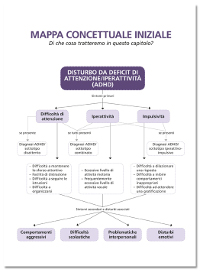
a conceptual map that illustrates the main contents and how they are related
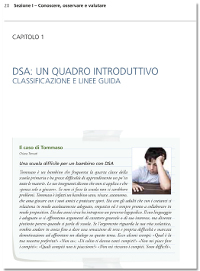
presentation of case examples, through short descriptions, portraying children in their daily typical situations
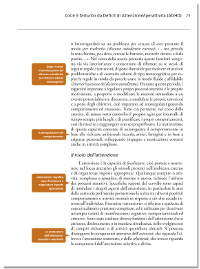
questions and key points alongside each paragraph to tell the reader what it is talked about
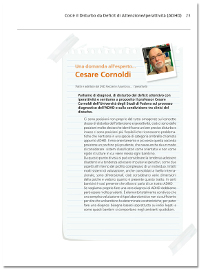
interviews with experts on the most debated and current aspects of the disturbs
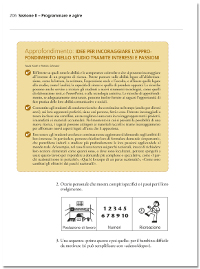
in-depths explanations of meaningful concepts and terms
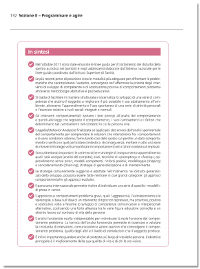
final summary box of the main contents dealt with in the chapter